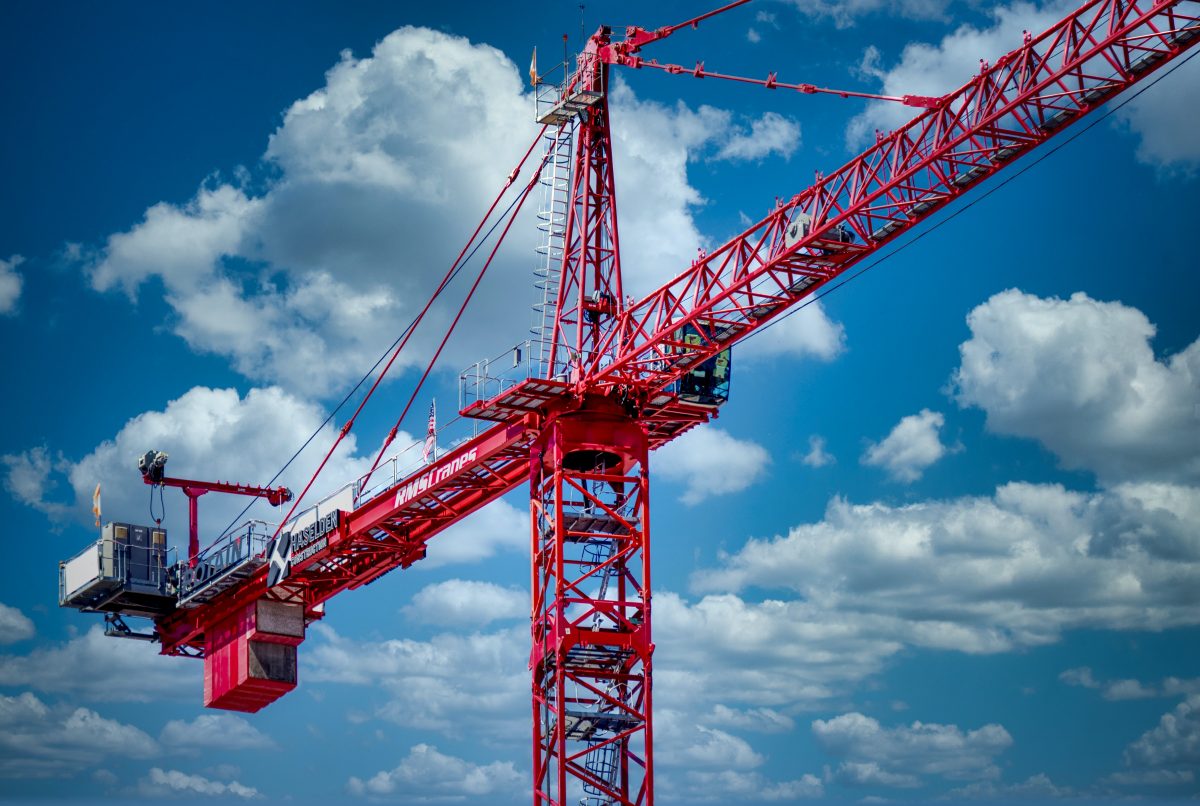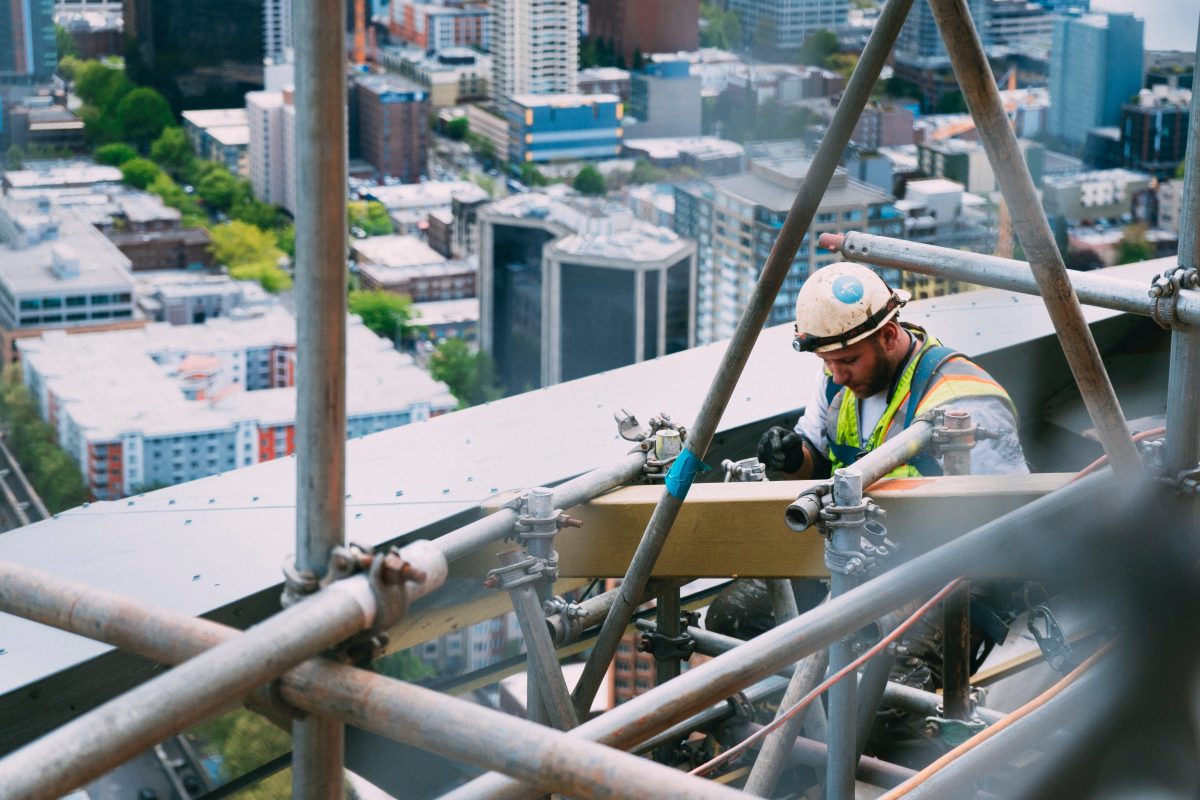Everyone knows that working at height is a hazard. Common knowledge, however, often breeds complacency. This blog post is intended as a reminder of the basics of working at height safely, including regulations, HSE advice and an unmissable training offer!
What is ‘Working at Height’?
 “Work at height means work in any place where, if precautions were not taken, a person could fall a distance liable to cause personal injury.” This includes:
“Work at height means work in any place where, if precautions were not taken, a person could fall a distance liable to cause personal injury.” This includes:
- Working above ground or floor level;
- The possibility of falling from an edge, through an opening or fragile surface;
- The possibility of falling from ground level into an opening in a floor or hole in the ground.
Working at height does not include slipping or tripping on another level. A fall from height has to involve falling from one level to another.
Work at Height Regulations 2005
To work at height lawfully and safely, you must abide by the 2005 Work at Height Regulations:
- All work at height must be properly planned and organised.
- Those involved in the work are considered competent (more on that later!)
- The risks of working at height must be properly assessed and the appropriate work equipment is used.
- The risks of working on or near fragile services must be properly managed.
- Equipment used for working at height should be properly inspected and maintained.
When is a ladder right for the job?
 Ladders and stepladders should be used when a risk assessment show that using equipment that offers higher levels of fall protection is not justified due to low risk and short duration of use.
Ladders and stepladders should be used when a risk assessment show that using equipment that offers higher levels of fall protection is not justified due to low risk and short duration of use.
A short duration of use should not be used as a deciding factor in isolation. All risks must have been considered first. But, as a guide, according to the HSE, “if your task would require staying up a leaning ladder or stepladder for more than 30 minutes at a time, it is recommended that you consider alternative equipment.”
Ladders and stepladders should also only be used if they can be used safely. This means that they will be level and stable, reasonably practicable, and secured.
Mobile Elevated Work Platforms (MEWPs)
There are a few things that should be considered before using a MEWP, including but not limited to:
- Height – How high is the job from the ground?
- Application – Do you have the appropriate MEWP for the job?
- Conditions – What condition is the ground in? Will the MEWP remain stable throughout the job?
- Operators – Are the workers involved trained, competent and fit to use the MEWP?
- Checks – Has the MEWP been examined, inspected and maintained as required by the manufacturer’s instructions and have daily checks been carried out?
For more advice on using MEWPs, take a look at the HSE website.
Competence
 A worker can be considered competent and therefore able to safely work at height or operate equipment like MEWPs If they have sufficient skills, knowledge, and experience. If individuals are being trained, they must be supervised by someone who meets these criteria.
A worker can be considered competent and therefore able to safely work at height or operate equipment like MEWPs If they have sufficient skills, knowledge, and experience. If individuals are being trained, they must be supervised by someone who meets these criteria.
If the work is low-risk or only for short duration, competence can be established through employees receiving instruction of safe use (such as tying a ladder correctly) and appropriate training. Training often takes place on the job, it does not have to happen in a classroom.
At a more technical level, existing training and certification schemes drawn up by trade associations and industry is one way to demonstrate competence.
For more advice and guidance on working at height safely, take a look at the HSE website. WA Management also provide ‘Working at Height’ and ‘Risk Assessment’ online courses – get 10% of with the code ‘WorkatHeight10’ at checkout.

